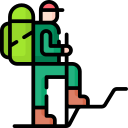Chosen theme: Preparing for Altitude Changes in Different Seasons. From icy winter ridgelines to sun-baked summer passes, discover how to prepare your body, gear, and mindset for elevation all year. Join the journey, subscribe for weekly tips, and share your seasonal altitude questions.

Cold Air, Thin Air
Cold constricts blood vessels, increases energy demand, and can mask thirst, all while low oxygen challenges your aerobic engine. In winter, breathing dry, frigid air also accelerates respiratory water loss. Train with layers, pace conservatively, and log your perceived exertion to learn how your body reacts across temperature swings.
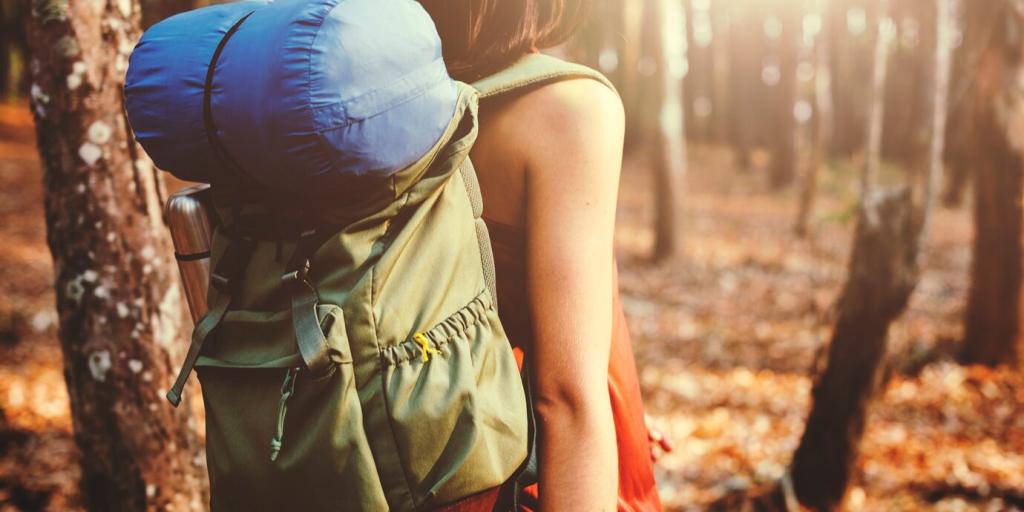
Heat, Sun, and Extra UV
At altitude, ultraviolet exposure rises roughly 10–12% per 1,000 meters, and heat intensifies dehydration. Sunscreen and lip balm become performance tools, not accessories. Pair early starts with generous shade breaks, and track sweat rates so you can replace fluids and salts before summer’s afternoon storms roll over exposed ridgelines.
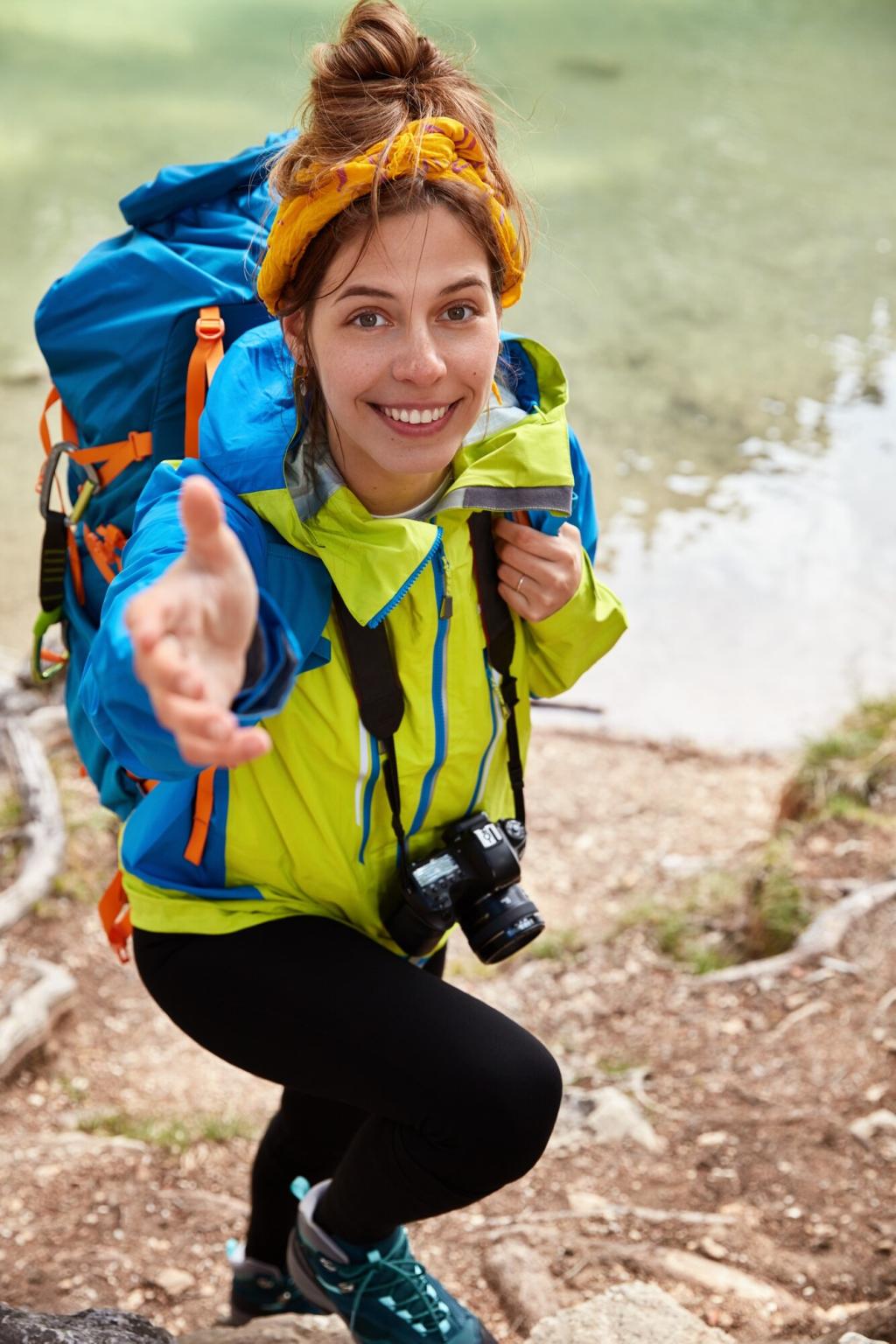
Pollen, Dust, and Breathing
Spring and late summer can load the air with pollen and dust, irritating airways already working harder in thin air. A lightweight buff or mask helps filter particulates, while nasal saline mitigates dryness. If you have seasonal allergies, plan acclimatization days and carry remedies approved by your clinician before you leave the trailhead.
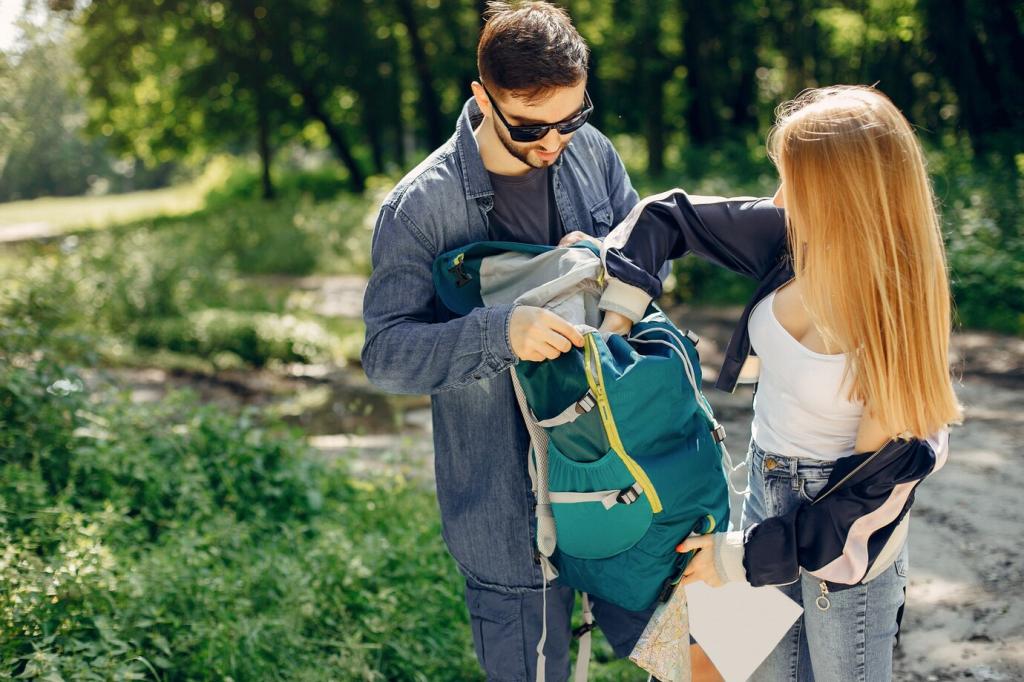
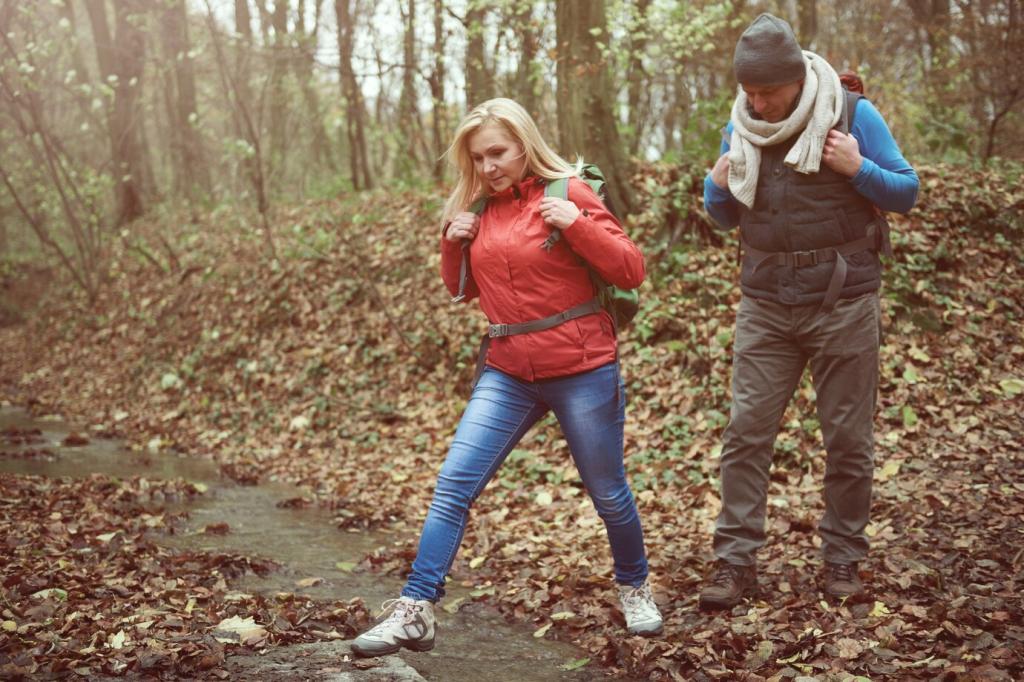
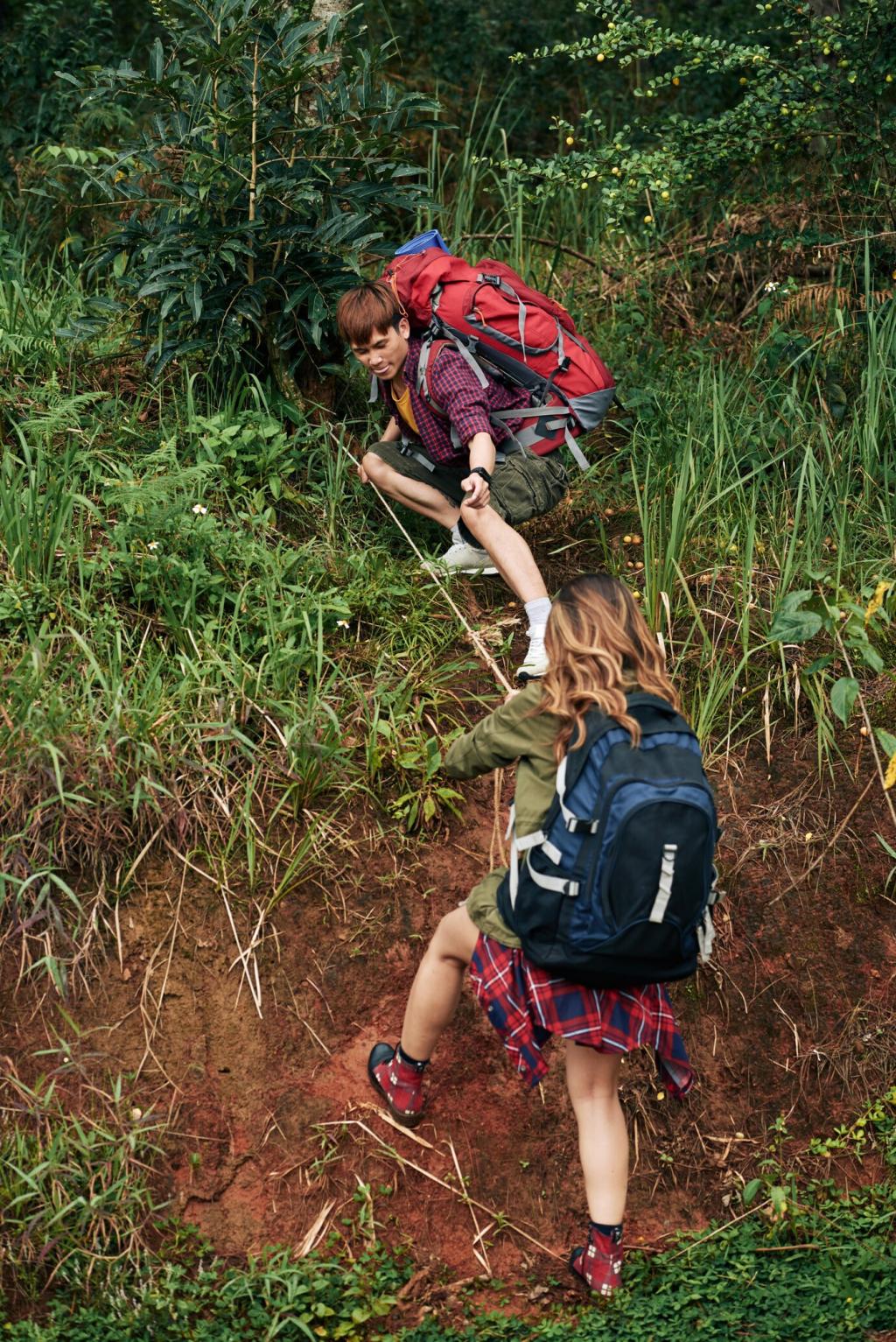
Training and Acclimatization Across the Calendar
Accumulate time in zone-two effort with brisk hikes, uphill treadmill sessions, or stair intervals while wearing your pack. Add mobility and posterior-chain strength to support long descents. When snow or heat limits outdoor time, cross-train indoors and log weekly volume; consistent oxygen delivery beats sporadic hero workouts.
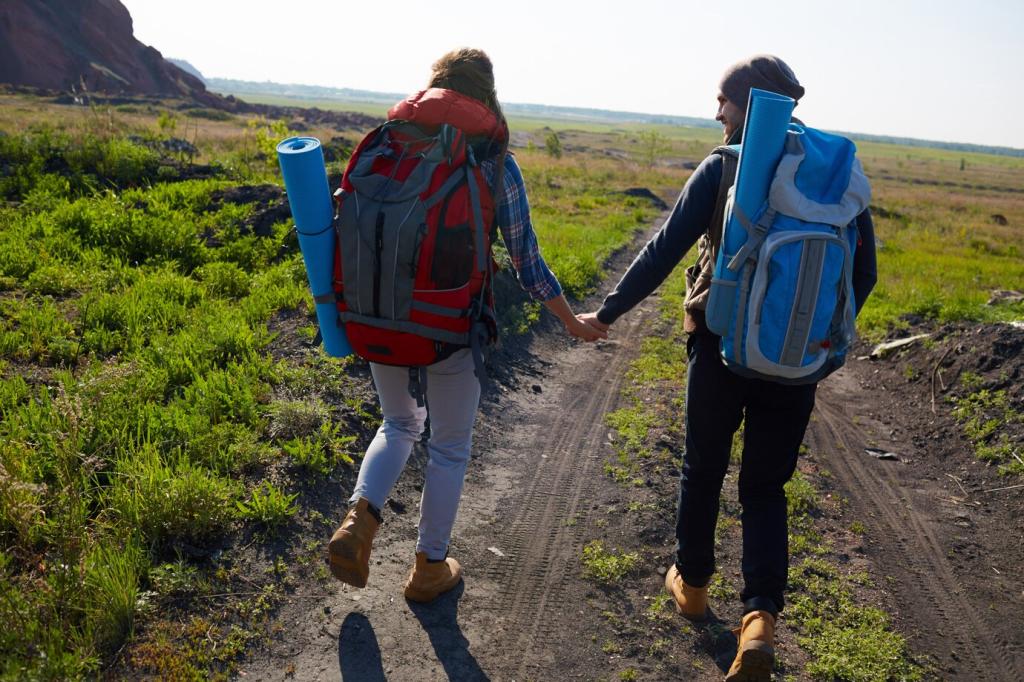

This is the heading
Lorem ipsum dolor sit amet, consectetur adipiscing elit. Ut elit tellus, luctus nec ullamcorper mattis, pulvinar dapibus leo.

This is the heading
Lorem ipsum dolor sit amet, consectetur adipiscing elit. Ut elit tellus, luctus nec ullamcorper mattis, pulvinar dapibus leo.
Reading Weather, Pressure, and Terrain by Season
Strong gradients drive brutal ridge winds and spindrift that steals heat and visibility. Watch for falling pressure, sastrugi growth, and wind chill that multiplies energy costs. Choose sheltered routes, confirm escape options, and stash goggles. Share your favorite winter forecasting resources so others can plan safer days above treeline.

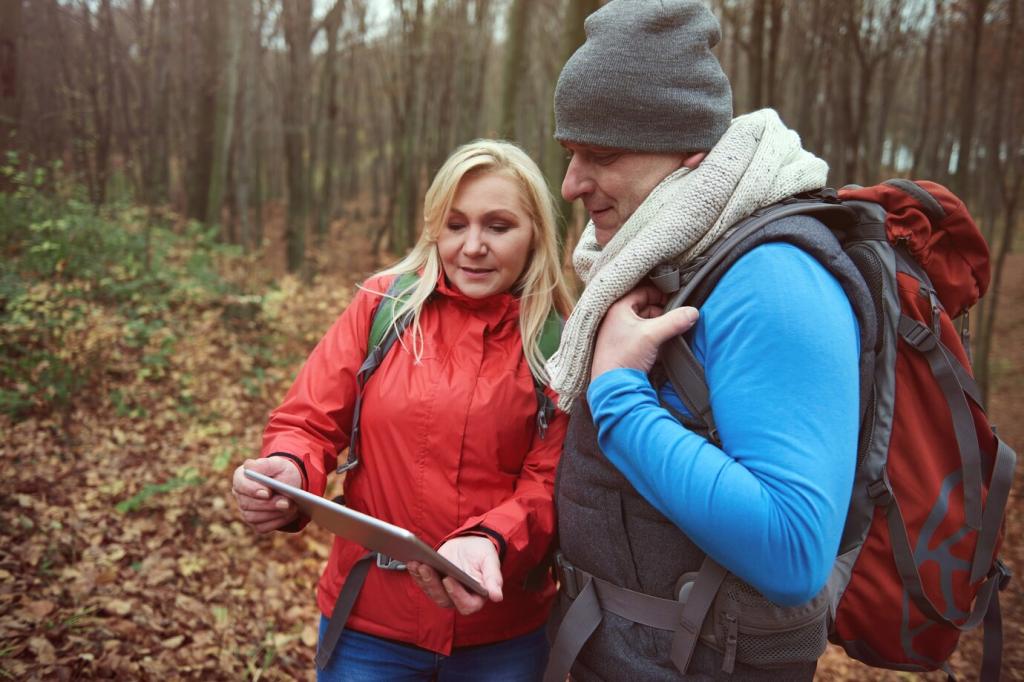
Reading Weather, Pressure, and Terrain by Season
Convective clouds often build by midday; lightning targets exposed ridges and summits. Start before sunrise, summit early, and be off the high ground by noon. Identify safe descent gullies and tree line shelters. Comment with your strategies for reading cumulus growth and staying flexible when storms sprint across the basin.
Headache, nausea, and unusual fatigue can herald acute mountain sickness; breathlessness at rest or confusion require immediate action. Stop ascending, rest, and if symptoms worsen, descend. A pulse oximeter aids trends but not decisions. Tell us how you train partners to speak up early, especially on cold, windy ridges.
Safety, Health, and Emergency Planning All Year
We left before dawn into air so cold our water hissed when opened. A spindrift plume erased the ridge, and gaiters filled with ice. Turning back at the saddle saved toes, tempers, and a future summit. Share your proudest turnaround moment that made later success possible.
Stories From the Trail: Four Seasons, One Mountain
At sunrise a hard crust held our weight; by late morning, snow bridges sagged above roaring meltwater. Microspikes bit early; poles probed hollow pockets. We crossed the last drift, then rerouted when cornices cracked. Tell us how you time spring travel before softness wins the day.
